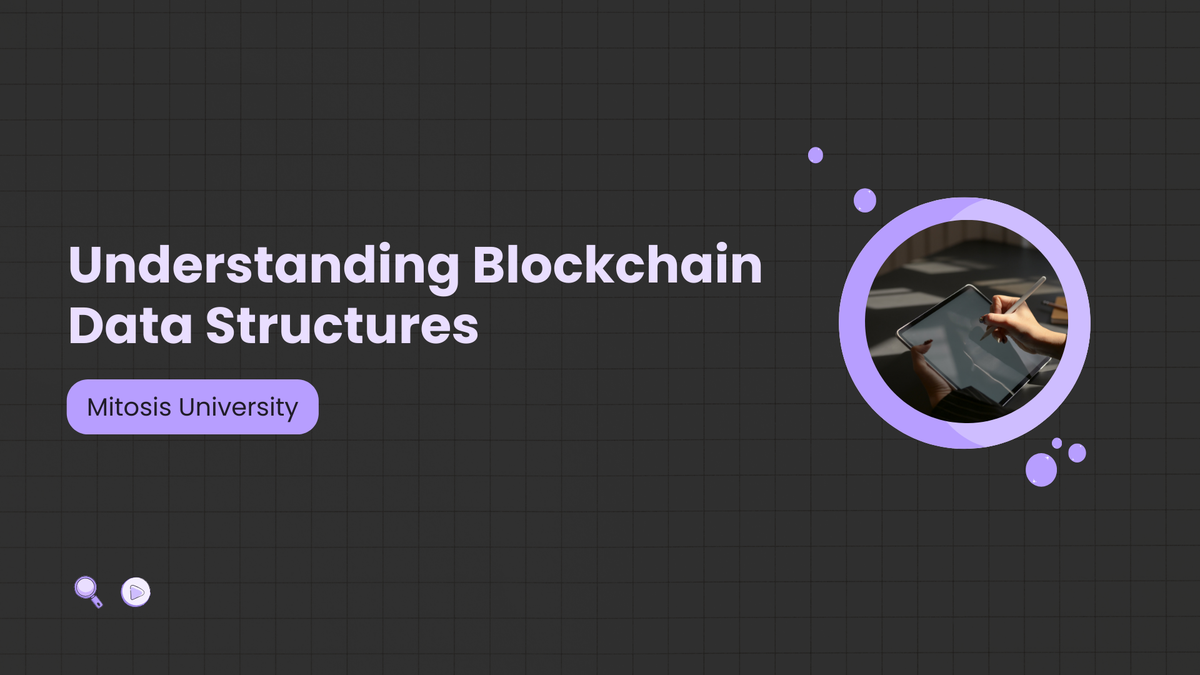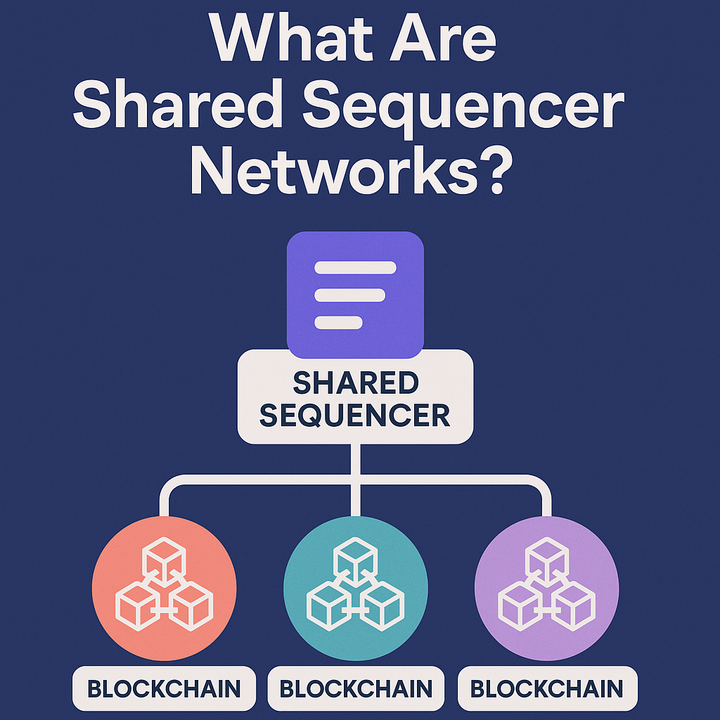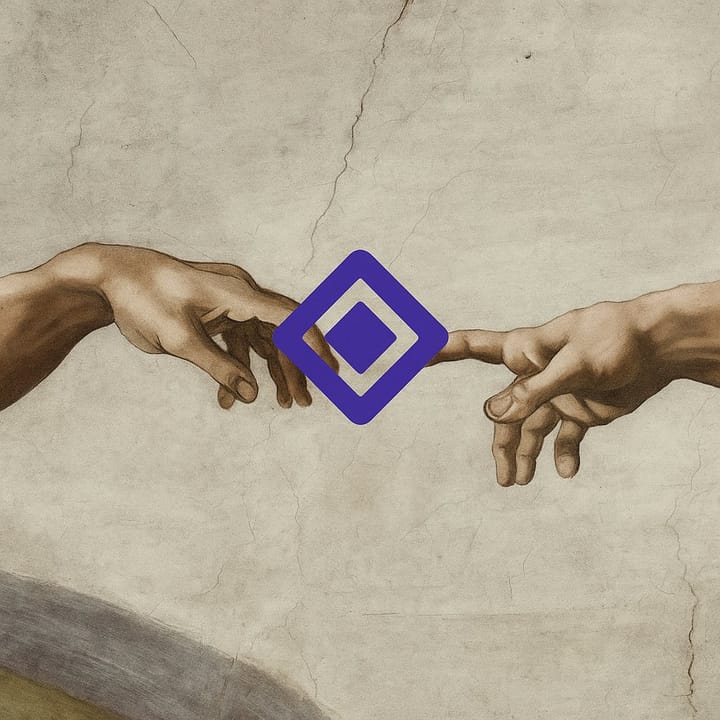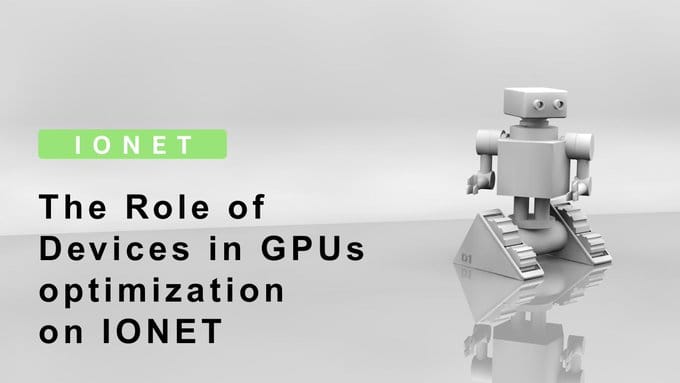Understanding Blockchain Data Structures

A blockchain is a distributed ledger composed of a sequence of blocks, each containing a list of transactions.
The technology's history began with Bitcoin's release, with its creator, Satoshi Nakamoto, mining the first Bitcoins in 2009 and disappearing by April 2011. Since then, blockchain has seen surges, like Bitcoin reaching $1108 in November 2013, and faced challenges, such as the Mt. Gox shutdown in 2014.
These blocks are linked together chronologically, forming a chain—hence the term "blockchain." Each block comprises several components:
- Block Header: Contains metadata such as the previous block's hash, timestamp, nonce, and the Merkle root.
- Transaction List: A compilation of all transactions included in the block.
- Merkle Tree: A hierarchical data structure that summarizes all transactions in the block, allowing efficient and secure verification.Investopedia
The utilization of Merkle trees is pivotal in blockchain systems. They enable quick verification of large data sets and ensure that any alteration in transaction data is easily detectable. This structure significantly enhances the efficiency and security of the blockchain.
The Role of Cryptography in Blockchain
Cryptography is integral to blockchain technology, providing the tools necessary to secure data, authenticate users, and maintain the integrity of transactions. The primary cryptographic techniques employed in blockchain include:
1. Cryptographic Hash Functions
Cryptography ensures the blockchain's security, protecting user privacy, transaction integrity, and authenticity. It encompasses two main types:
- Symmetric-key Cryptography:
- Uses the same key for encryption and decryption, making it fast and efficient for bulk data.
- Examples include AES and DES, as noted in educational resources https://www.upgrad.com/blog/cryptography-in-blockchain/
- Limitation: Requires a secure method to share the key, which can be challenging in decentralized systems.
- Asymmetric-key Cryptography:
- Uses a pair of keys: a public key (shared openly) and a private key (kept secret).
- Data encrypted with the public key can only be decrypted with the private key, and vice versa, enabling secure communication and digital signatures.
- Examples include RSA and ECC (Elliptic Curve Cryptography), used in Bitcoin for transaction signing.
Digital Signatures, a key application of asymmetric cryptography, are crucial for blockchain:
- When a user creates a transaction, they sign it with their private key.
- Anyone can verify the signature using the user's public key, ensuring the transaction's authenticity and integrity.
- This prevents fraud and ensures non-repudiation, as users cannot deny their transactions.
Hash Functions are another vital cryptographic tool:
- A hash function takes an input of any size and produces a fixed-size output (e.g., 256 bits for SHA-256).
- Properties include:
- Deterministic: The same input always produces the same output.
- Fast to compute, essential for efficiency.
- Preimage resistant: Hard to find the input from the output.
- Collision resistant: Hard to find two different inputs with the same output.
- In blockchain, hash functions create unique block identifiers, link blocks, and build Merkle trees.
- Common examples include SHA-256 (Bitcoin) and Keccak-256 (Ethereum), as detailed in GeeksforGeeks - Cryptography in Blockchain.
2. Integration: How Data Structures and Cryptography Synergize
The interplay between data structures and cryptography is what makes blockchain functional and secure. Consider the process of adding a transaction:
- Transaction Creation: A user creates a transaction, specifying the recipient and amount, and signs it with their private key (asymmetric cryptography).
- Transaction Broadcasting: The signed transaction is broadcast to the network.
- Verification: Nodes verify the transaction by checking the digital signature (using the public key) and ensuring the sender has sufficient funds.
- Block Creation: Miners collect verified transactions, organize them into a block, and construct a Merkle tree, with the root hash included in the block header.
- Block Linking: The block header includes the hash of the previous block, creating the chain via hash pointers.
- Consensus Mechanism: Miners solve a cryptographic puzzle, such as Proof of Work in Bitcoin, to add the block, ensuring network consensus and preventing fraudulent blocks.
- Immutability: Once added, the block's hash is fixed. Altering it would require recalculating all subsequent blocks' hashes, which is computationally infeasible in a decentralized network.
This process, detailed in resources like Hackeducation - The Blockchain for Education: An Introduction, ensures blockchain's security, transparency, and efficiency.
Consensus Mechanisms and Cryptography
Consensus mechanisms are protocols that ensure all nodes in a blockchain network agree on the current state of the ledger. Cryptography plays a crucial role in these mechanisms:
- Proof of Work (PoW): Requires nodes (miners) to solve complex mathematical puzzles, which involve hashing data until a hash with specific properties is found.
- Proof of Stake (PoS): Selects validators based on the number of tokens they hold and are willing to "stake" as collateral.
These mechanisms rely on cryptographic principles to secure the network and validate transactions.
Advanced Cryptographic Techniques in Blockchain
Beyond the foundational cryptographic methods, blockchain technology also incorporates advanced techniques to enhance privacy and security:
1. Zero-Knowledge Proofs (ZKPs)
ZKPs allow one party to prove to another that a statement is true without revealing any information beyond the validity of the statement itself. In blockchain, ZKPs are used to:Wikipedia
- Enhance privacy by allowing transaction validation without revealing transaction details.
- Enable private transactions in cryptocurrencies like Zcash.Wikipedia
This technique is instrumental in developing privacy-focused blockchain applications.
2. Ring Signatures
Ring signatures allow a member of a group to sign a message on behalf of the group without revealing which member signed it. In blockchain:
- They provide anonymity for the signer.
- Used in cryptocurrencies like Monero to enhance transaction privacy.Wikipedia
This method ensures that transactions cannot be traced back to a specific user.
Conclusion
The synergy between blockchain data structures and cryptography forms the foundation of secure, decentralized systems. Understanding these components is crucial for anyone interested in the mechanics of blockchain technology. As the field evolves, ongoing research and development continue to enhance the efficiency, scalability, and privacy of blockchain applications.
For further reading and a deeper understanding of blockchain data structures and cryptography, consider exploring the following resources:
- Cryptography in Blockchain | GeeksforGeeks
- Lecture 2: Blockchains as Cryptographic Data Structures
- Merkle Tree in Blockchain: What It Is and How It Works
- Understanding Blockchain Data Structure: A Comprehensive Guide
- Blockchain Cryptography - Tutorialspoint
Key Citations
- Cryptography in Blockchain Detailed Explanation GeeksforGeeks - Cryptography in Blockchain
- Blockchain for Education Introduction Hackeducation - The Blockchain for Education: An Introduction
- University Illinois Blockchain Course Notes University of Illinois - ECE 598 PV Course Notes
- Blockchain Technology Overview and Facts Investopedia - Blockchain Facts
- Cryptography in Blockchain Key Types Upgrad - Cryptography in Blockchain
- Secure Education Record Management System ScienceDirect - Modeling of Blockchain with Encryption Based Secure Education Record Management System
MITOSIS official links:
GLOSSARY
Mitosis University
WEBSITE
X (Formerly Twitter)
DISCORD
DOCS



Comments ()